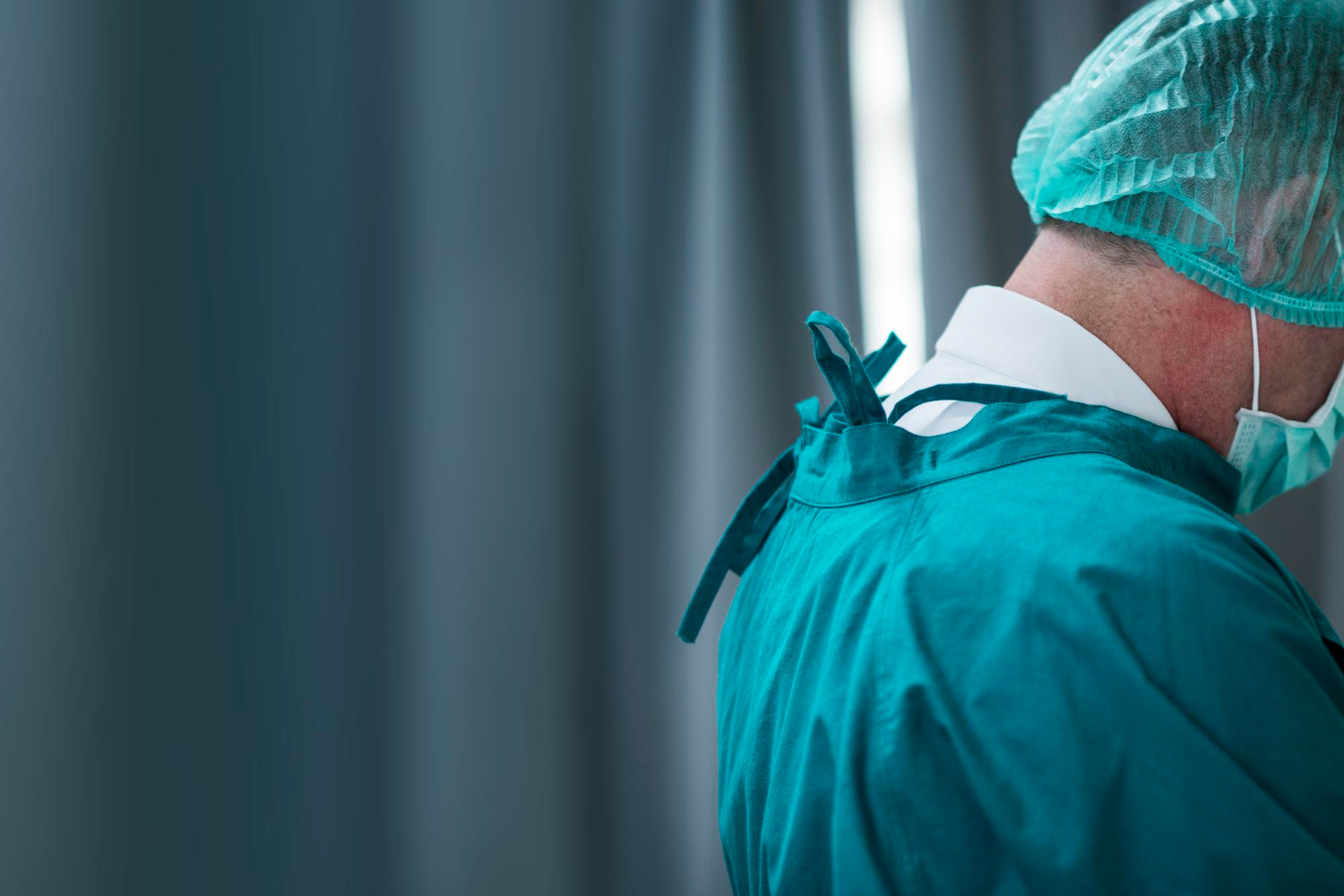In recent years, the integration of advanced technologies such as artificial intelligence (AI) has revolutionized various fields, and aesthetic surgery is no exception. Dr. Giovanni Bistoni, along with his collaborators Dr. Francesco Sofo, Dr. Barbara Cagli, Dr. Ernesto Maria Buccheri, and Dr. Patrick Mallucci, conducted a pioneering study that exemplifies how AI can elevate the precision and outcomes of complex surgical procedures. Their research, published in the Aesthetic Surgery Journal, focuses on the long-term efficacy of the poly-4-hydroxybutyrate (P4HB) scaffold, known as GalaFLEX, in subfascial augmentation mastopexy. The study highlights not only the success of the GalaFLEX scaffold but also the critical role that Arbrea Suite AI played in achieving these remarkable results.
Understanding the Study: Background and Objectives
Mastopexy, or breast lift surgery, often encounters challenges such as ptosis recurrence, especially when implants are involved. This issue becomes more pronounced when the native tissue is compromised, leading to unsatisfactory results. The GalaFLEX scaffold has emerged as a preferred option for soft tissue support due to its favorable safety profile and proven long-term mechanical strength. The primary objective of Dr. Bistoni’s study was to assess the stretch of the lower pole of the breast from the early postoperative period up to three years, particularly in cases involving subfascial augmentation mastopexy with smooth round implants.
Methods: Leveraging AI for Precision
The study included 72 patients who underwent surgery by Dr. Bistoni between March 2020 and December 2023. These patients, with a minimum follow-up period of 12 months, had either primary (46 cases) or secondary (26 cases) augmentation mastopexy with the support of the P4HB scaffold. A key aspect of this research was the use of Arbrea Suite, a cutting-edge AI software, for three-dimensional measurements and simulations. The AI technology provided an unprecedented level of precision in evaluating the surgical outcomes, enabling the researchers to track the stability of the lower pole over an extended period.
Results: AI-Driven Insights into Long-Term Stability
The study’s findings were overwhelmingly positive. During the follow-up period, which averaged 24.8 months, there were no reports of recurrent ptosis, bottoming out, implant displacement, or capsular contracture. The elongation of the lower pole arch was minimal, recorded at 8.04% at one year and 9.44% at three years, which compares favorably with previous reports in the literature. Importantly, the study found a statistically significant correlation between implant size and lower pole stretch, with larger implants (greater than 400 cc) showing more stretch. This correlation underscores the importance of careful implant selection and the potential impact of implant size on long-term outcomes.
The use of Arbrea Suite AI was instrumental in these findings. The software’s ability to create detailed 3D models and run simulations provided the researchers with deep insights into how the implants and scaffolds would behave over time. As Dr. Bistoni remarked, “Thanks to artificial intelligence, we were able to study and evaluate the long-term stability of surgical results through simulations.” This level of analysis would have been challenging, if not impossible, without the support of AI.
Conclusions: A New Era in Aesthetic Surgery
This study by Dr. Bistoni and his colleagues is the largest published series to date reporting long-term results in mastopexy augmentation with GalaFLEX. The results suggest that the GalaFLEX scaffold plays a significant role in maintaining lower pole stability, even in challenging cases involving concurrent breast augmentation with smooth implants in a subfascial plane. Moreover, the integration of Arbrea Suite AI into the research process highlights the transformative potential of AI in aesthetic surgery.
AI tools like Arbrea Suite are not just enhancing the precision of surgical procedures; they are also paving the way for improved patient outcomes and satisfaction. By allowing surgeons to simulate and analyze the long-term effects of their interventions, AI is helping to minimize complications and optimize results. This study serves as a powerful example of how technology and surgery can come together to push the boundaries of what is possible in aesthetic medicine.
The Future of AI in Aesthetic Surgery
As we look to the future, it is clear that AI will continue to play an increasingly important role in aesthetic surgery. The ability to accurately predict and simulate surgical outcomes will become an essential part of preoperative planning and postoperative assessment. For patients, this means more reliable results and greater satisfaction with their surgical outcomes. For surgeons, it represents a new level of precision and confidence in their work.
Dr. Bistoni’s research is a testament to the potential of AI in the field of aesthetic surgery. As more surgeons adopt these technologies, we can expect to see even more significant advancements in patient care and surgical outcomes.
In conclusion, this study not only highlights the efficacy of the GalaFLEX scaffold in aesthetic surgery procedures but also underscores the importance of integrating advanced technologies like Arbrea Suite AI into our practices to improve outcomes and patient satisfaction. The future of aesthetic surgery is bright, and AI is leading the way.
About the Author
 Dr. Giovanni Bistoni is a highly skilled plastic and reconstructive surgeon with extensive international experience. He specializes in advanced aesthetic procedures, offering personalized treatments that focus on achieving natural and balanced results. Throughout his career, Dr. Bistoni has worked in various parts of the world, gaining a broad perspective and expertise. His practice combines cutting-edge technology with a deep commitment to patient care, aiming to enhance both physical appearance and overall well-being.
Dr. Giovanni Bistoni is a highly skilled plastic and reconstructive surgeon with extensive international experience. He specializes in advanced aesthetic procedures, offering personalized treatments that focus on achieving natural and balanced results. Throughout his career, Dr. Bistoni has worked in various parts of the world, gaining a broad perspective and expertise. His practice combines cutting-edge technology with a deep commitment to patient care, aiming to enhance both physical appearance and overall well-being.
For more information, you can visit his official website here.








